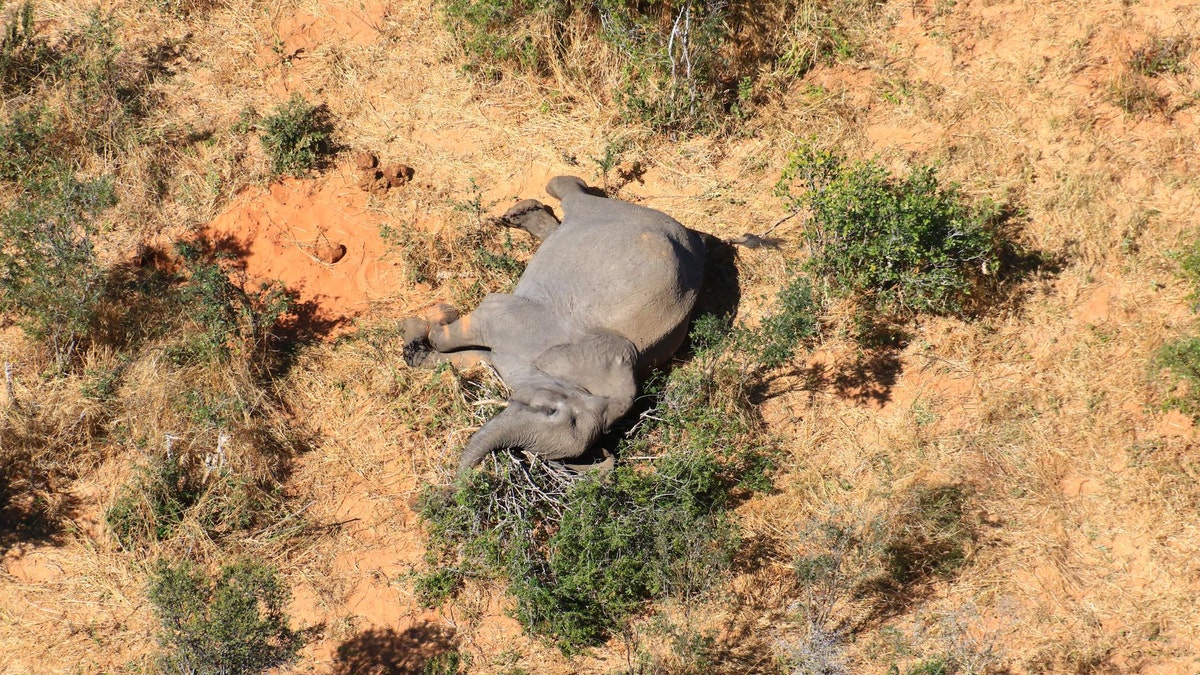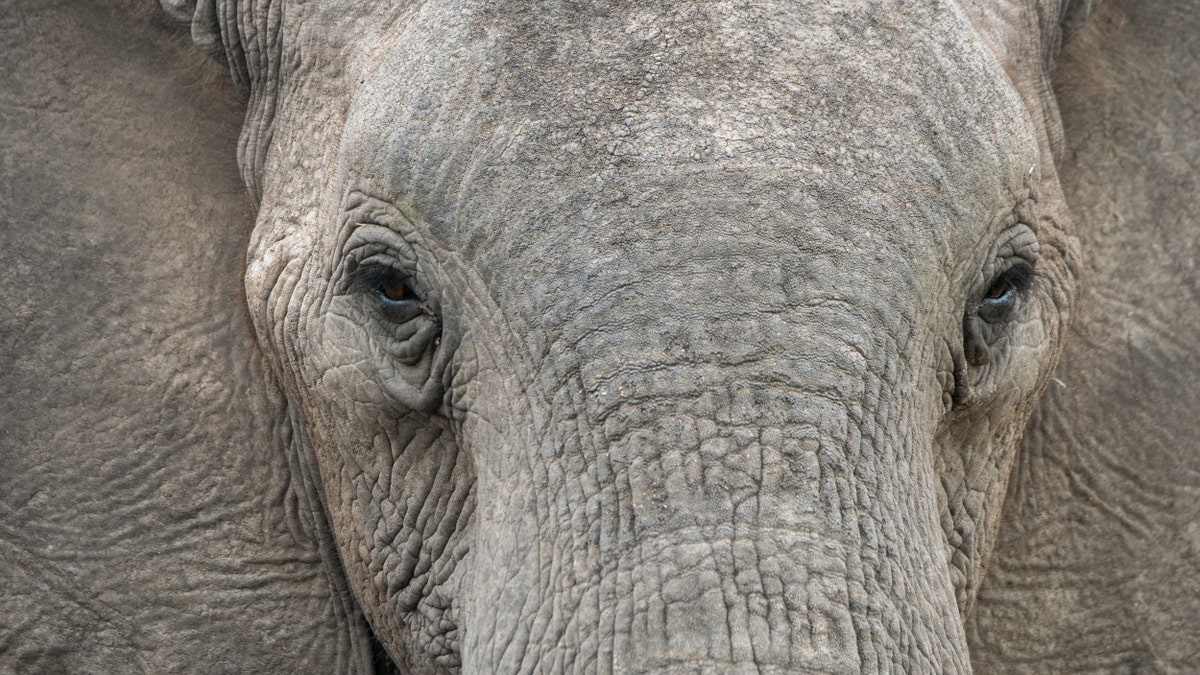Ex-Delta and SEAL troops hunt for poachers
Terrorism and the ivory trade collide in Africa. Former Special Ops intel analyst Brett Velicovich explains.
Hundreds of elephants have mysteriously dropped dead in Botswana, leaving wildlife experts and government officials searching for answers.
Dr. Niall McCann, director of conservation at U.K.-based charity National Park Rescue, told the BBC that since the start of May, colleagues in Botswana had spotted over 350 elephant carcasses in the country’s Okavango Delta.
Heartbreaking aerial photos show the dead elephants dotted around the Botswanan landscape. The mysterious deaths have also sparked concerns about the potential health impact on people living in the local area.
BIRD MASSACRE MYSTERY: MORE THAN 500 CRITICALLY ENDANGERED VULTURES POISONED

Aerial photographs show the elephant carcasses dotted across the landscape. (Supplied)
“A catastrophic die-off of elephants is happing in northern Botswana, and no one knows why. It’s vital that a team of independent experts visit and sample the carcasses before any more elephants die, or this spills over into the local human population,” McCann tweeted Wednesday.
Government officials in Botswana say there is no evidence that poaching is involved in the mysterious elephant deaths.
McCann told the Guardian that elephants have been seen walking around in circles, which might indicate a neurological condition that is afflicting them. The biologist told the Guardian that some of the elephants have fallen straight on their faces, suggesting that they died quickly. Others, however, are dying more slowly.
60,000 ANTELOPES DIED IN 4 DAYS - AND NO ONE KNOWS WHY
An unknown pathogen or poisoning are two possibilities, according to the Guardian, which says that Anthrax has been ruled out.

The mysterious elephant deaths in Botswana have baffled wildlife experts and officials. (Supplied)
Phys.org reports that last year, more than 100 elephants in Botswana died in a suspected outbreak of natural Anthrax. Subsequent investigations reported than elephants died from Anthrax while others were victims of drought, according to Phys.org.
The Guardian reports that cyanide poisoning, which is sometimes used by poachers, seems an unlikely cause of the latest die-off given that the dead bodies of scavengers, such as vultures, have not been seen near the elephant carcasses.
WARNING GRAPHIC IMAGES: HUNDREDS OF BUFFALO DROWN IN DESPERATE ATTEMPT TO ESCAPE LIONS
Fox News has reached out to Dr. McCann and National Park Rescue on this story.

The mass elephant die-off has been described as "catastrophic." (Supplied)
In a statement released on July 2, the Botswanan government said that investigations into the unexplained deaths are ongoing.
“Following the mysterious deaths of elephants in the areas around Seronga since March 2020, to date, 275 elephant carcasses have been verified against the 365 reported cases,” it said. “Three laboratories in Zimbabwe, South Africa and Canada have been identified to process the samples taken from the dead elephants which will be interpreted against field veterinary assessments of clinically ill and dead elephants.”
Seronga is a village located near the start of the Okavango Delta.
“Members of the public are assured that tusks are being removed from the dead elephants and carcasses within proximity to human settlements continue to be destroyed,” added the Botswana government in its statement.
CLICK HERE TO GET THE FOX NEWS APP
The African elephant is classified as “vulnerable” on the International Union for the Conservation of Nature’s Red List.

Close-up of a juvenile African elephant (Loxodonta africana) in the Jao concession, Wildlife, Okavango Delta in Botswana - 2019/12/11 - file photo. (Photo by Wolfgang Kaehler/LightRocket via Getty Images)
Last year, more than 500 vultures in Botswana were poisoned after elephant carcasses were laced with chemicals.
Follow James Rogers on Twitter @jamesjrogers

